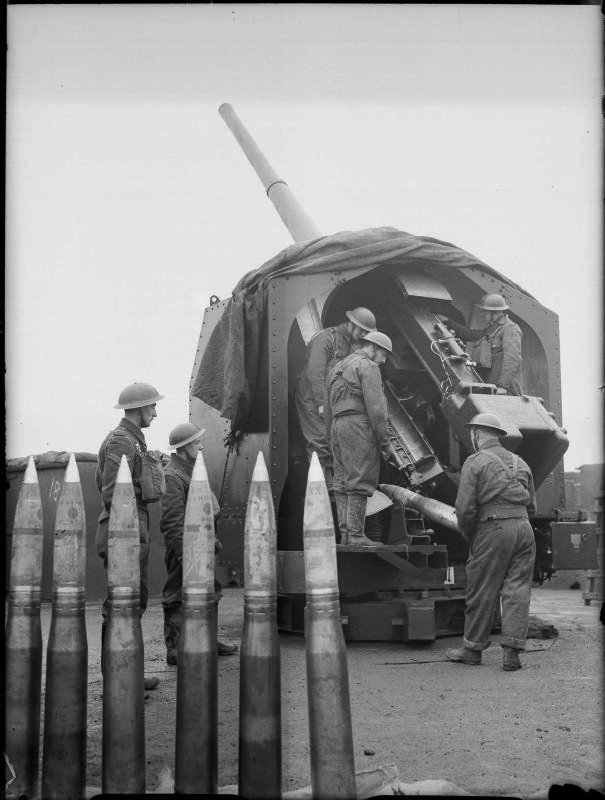The Washington Treaty allowed for building of aircraft carriers.
Antarctica had 90,000 tons for new construction that could be
split into whatever sizes it wished. Even six by 15,000 ton
ships was contemplated. Antarctica had time to trial the four
carriers they had in service to get a feel for the new ship type
and what it could do. New construction was to be three 30,000
ton aircraft carriers. The trials had shown the more aircraft
that could be got to sea the more chance they had of being
effective against an enemy. The Amundsen had shown that too many
'warship' features were not conducive to the maximum amount of
aircraft that could be fitted in the hangar(s).

The first of the three ship class was laid down in late 1925
with completion expected in 1929. The Senate funded a new ship
every two years, with completion for the next two in 1931 and
1933. They were to be big ships, with a length of over 800 feet
and a breadth over 100 feet. During the mid 1930's the armament
started changing quite drastically with the removal of the low
angle 4.7" and their replacement with the new 4.5" dual purpose
gun system. This meant that the 4" AA were no longer required,
either, and these were replaced with four octuple 2 pounder.
20mm Hispano-Suiza mountings started appearing, and more and
more space was given over to AA weaponry. 1942 and the 2 pounder
and 20mm are replaced with quad and twin 40mm. Within six months
radar predictors for these weapons also start requiring space
and personnel. Electronic equipment was in full proliferation
mode with updates for aerials and equipment arriving aboard any
time the ships reached port.
.png)
It is the aircraft in 1942 that had been designed to give the
Antarctican carriers the edge. The new generation of fighters,
dive bombers and torpedo / bombers were, for twelve months, the
best around. Then, of course, the rest of the world caught up
and something new was required to put the Antarcticans back in
the lead of aircraft development - jets.
| Displacement | 31,500 tons standard, 37,000 tons full load | |
| Length | 862 ft | |
| Breadth | 106 ft hull (120 ft over sponsons) | |
| Draught | 31 ft | |
| Machinery | 4 shaft, steam turbines, 120,000shp | |
| Speed | 30 knots | |
| Range | 12000 miles at 14 knots | |
| Armour | 3" side, 3" deck | |
| Armament | As completed 12 x 4.7" (12x1) 8 x 4" AA (8x1) 24 x 2pd AA (6x4) |
1941 12 x 4.5" (12x1) 56 x 2pd (4x8, 6x4) 16 x 20mm (16x1) |
| Aircraft | 90 | 98 |
| Complement | 2350/2500 | |
| Notes | Captain Furneaux - Admiral Ellsworth - Commodore Kagge - |
|
The same 4.5" DP AA guns were deployed all over Antarctica as
those fitted to the Furneaux.
As can be seen the gun can be loaded at full elevation. These
are early fixed ammunition guns.
Later models had bag and shell ammunition which was better for
crew fatigue.
